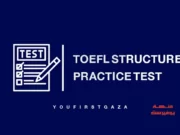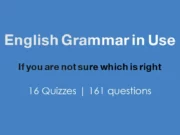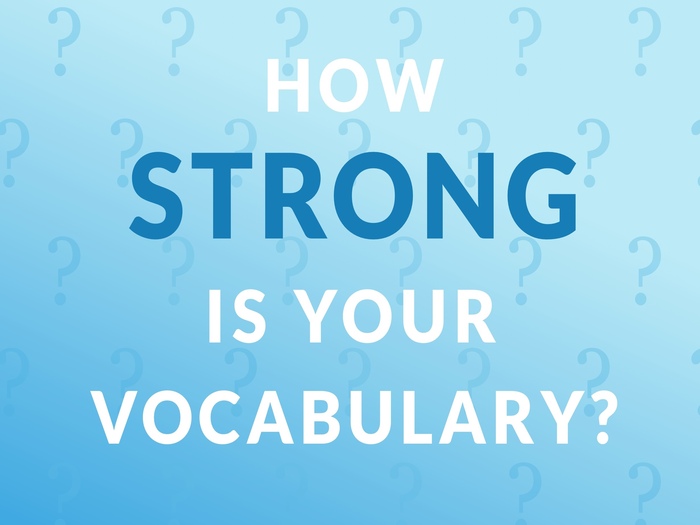The questions in this quiz are from The Study of Language (THIRD EDITION) book written by GEORGE YULE.
This quiz is not only for BSED majoring in English but also for everyone, especially YOU!. . .
It contains different questions about the topic mentioned above. So, jump right in, and enjoy the quiz!
Results
Excellent, you pass the quiz successfully.
Unfortunately, you failed.
Try again
#1. using words such as (him) or (them) as a way of ‘pointing’ to a person with language
#2. the need to be independent and free from imposition
#3. an assumption by a speaker/writer about what is true or already known by the listener/reader
#4. additional information used by a listener/reader to create a connection between what is said and what must be meant
#5. the study of speaker meaning and how more is communicated than is said
#6. an action in which (the form) used directly matches (the function) performed by a speaker with an utterance
#7. saying something that represents a threat to another person’s self-image
#8. the set of other words used in the same phrase or sentence, also called co-text
#9. a person’s public self-image as described in the study of politeness
#10. using words such as (now) or (tomorrow) as a way of ‘pointing’ to a time with language
#11. use of pronouns and noun phrases to refer back to something already mentioned
#12. the first mention of someone or something later referred to via anaphora
#13. the need to be connected, to belong, to be a member of a group
#14. an action such as ‘promising’ performed by a speaker with an utterance, either as a direct speech act or an indirect speech act
#15. an action in which (the form) used does not directly match (the function) performed by a speaker with an utterance
#16. using words such as (here) or (there) as a way of ‘pointing’ to a location with language
#17. the situation, time or place in which words are used
#18. saying something that reduces a possible threat to another person’s self-image
#19. using words such as (this) or (here) as a way of ‘pointing’ with language
#20. showing awareness and consideration of another person’s public self image
#21. an act by which a speaker/writer uses language to enable a listener/reader to identify someone or something









































